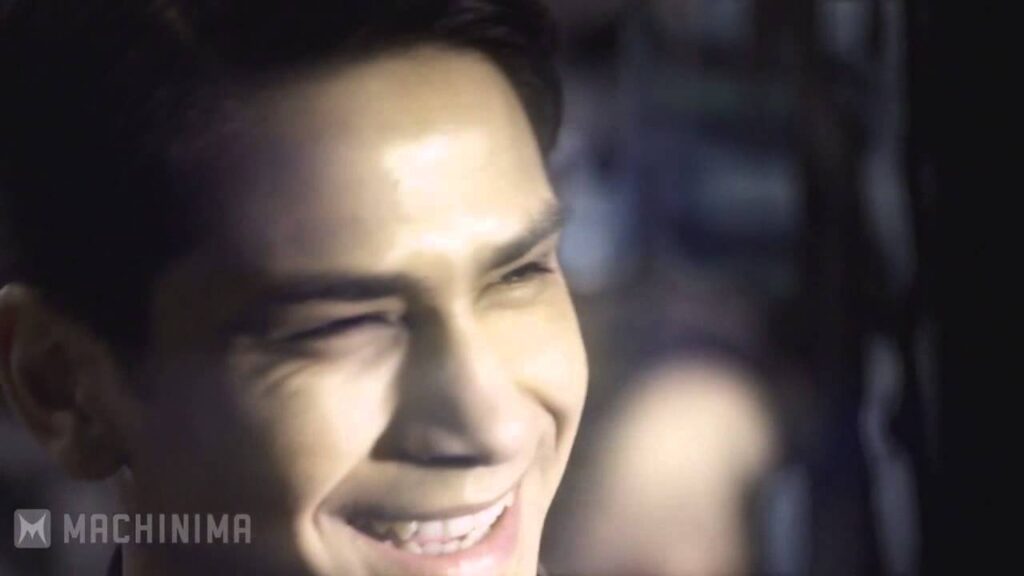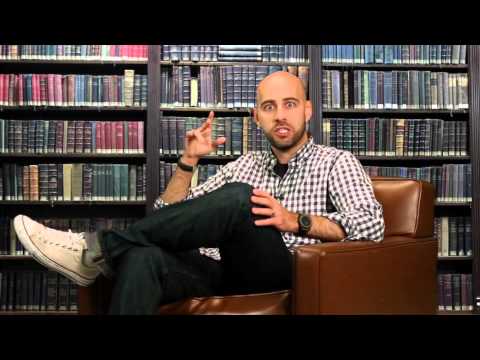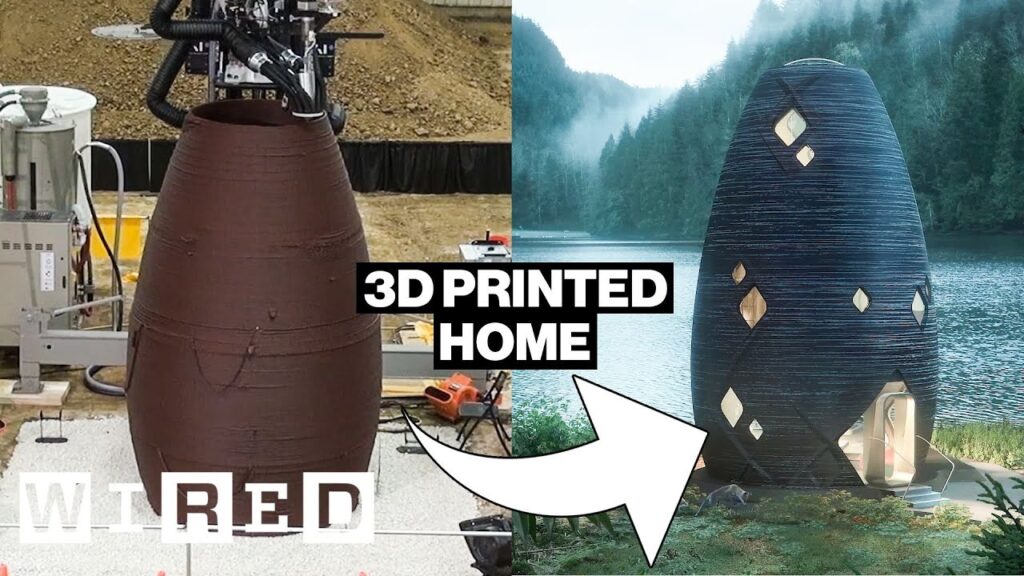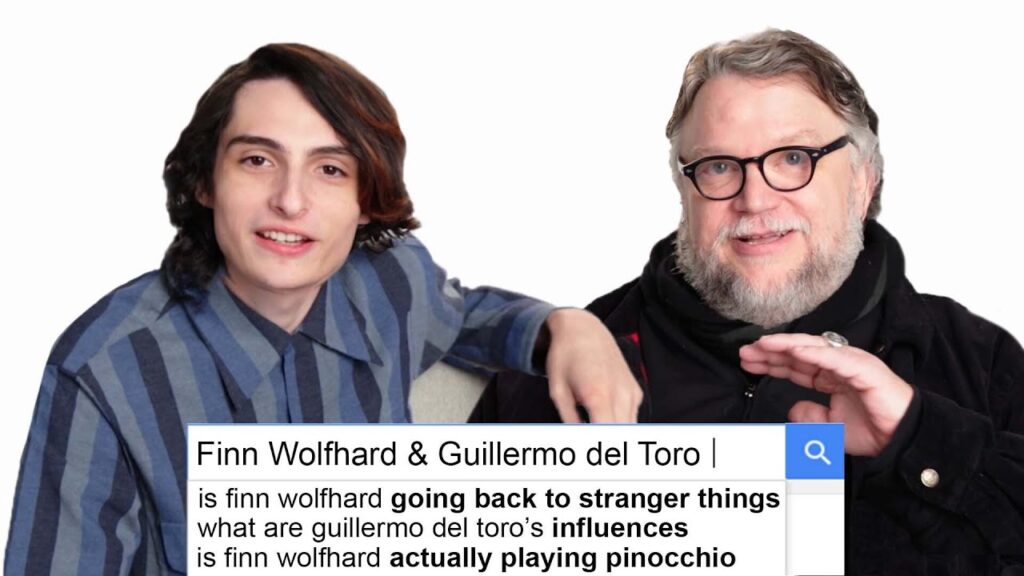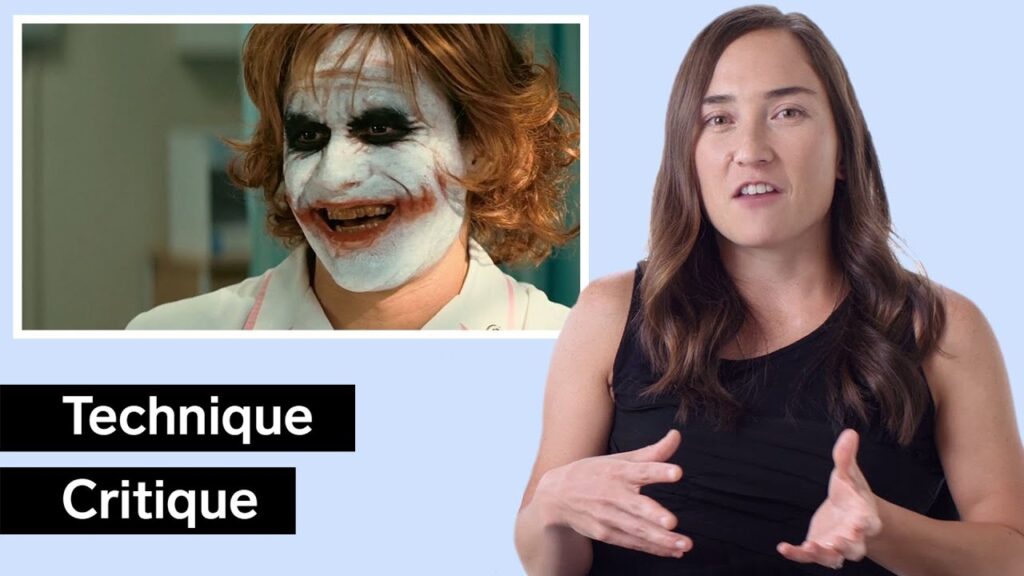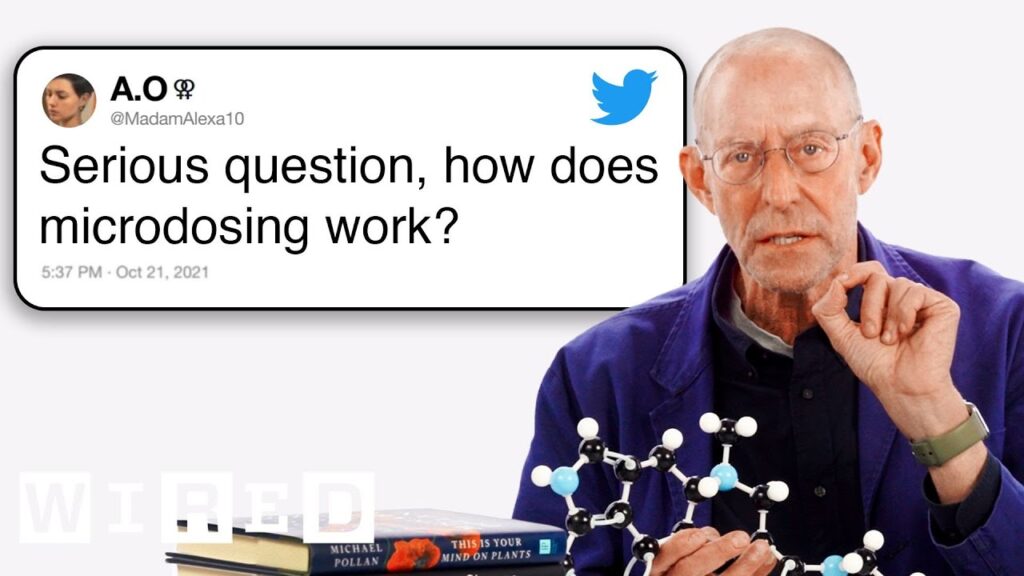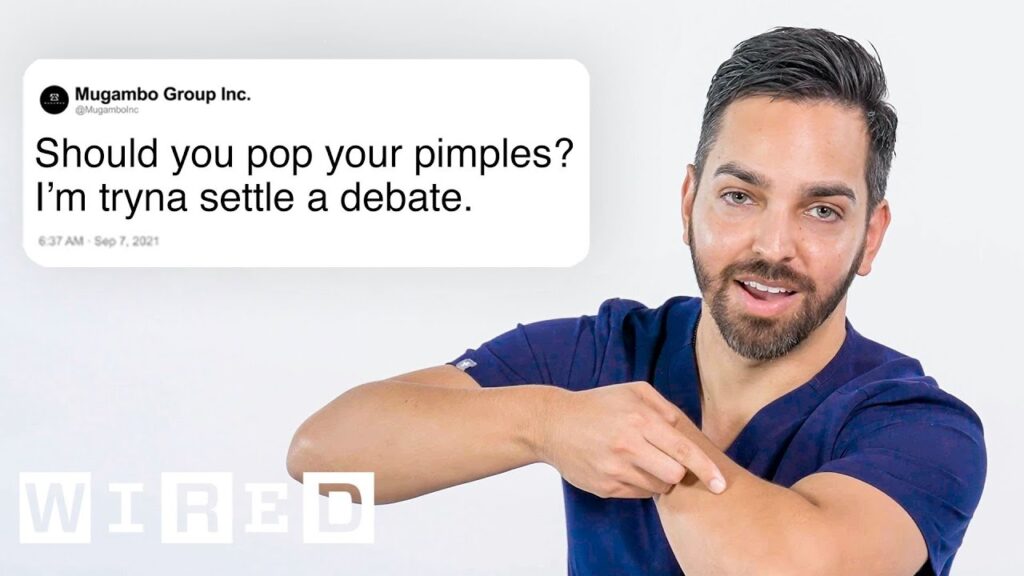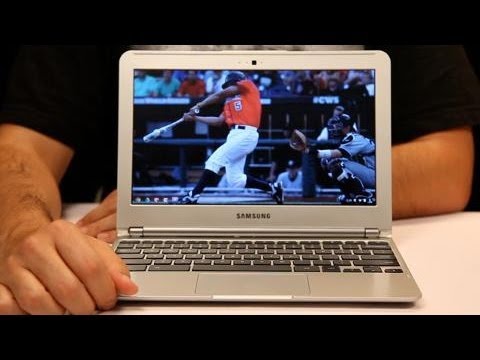The Making of Darth Vader’s Badass Moment in Rogue One
Summary
In this interview, the director of Rogue One, Gareth Edwards, talks about the process of creating the iconic scene where Darth Vader goes on a rampage trying to retrieve the stolen Death Star plans. From the initial idea to the final cut, he discusses how the scene was shot and how they went about creating some of the props and special effects used. He also talks about his own cameo in the film and its significance to the Star Wars universe.
Table of Contents
- The Inspiration Behind the Scene
- Creating Visual Milestones
- Shooting the Scene
- Prop Design Challenges
- Keeping Vader in Character
- A Mix of Classic and Modern Shot Styles
- Gareth Edwards’ Cameo
- Conclusion
The Inspiration Behind the Scene
Q: What was the inspiration behind the scene where Darth Vader goes on a rampage?
A: We were cutting the film together and my editor, J. Bez Olse, he said, “I think you need to see one last moment with Darth Vader. I think he needs to have a badass moment.” And we all felt the same way. When he mentioned this, it was about four months maybe from release. And so we thought, “Oh, maybe we’ve missed the opportunity to do this.” But Kathy Kennedy came in, and J. Bez pitched this idea to her, and she really loved it.
Creating Visual Milestones
Q: What was your process for creating a scene like this?
A: The way I like to work is you try and come up with visual milestones of like, well, I’d love to see this, and I’d love to see this, and I’d love to see this. I’m not sure how they all connect. And then what you do is you create visuals of things that would be great, and then you try and find a way of linking them all. We had three days to shoot this sequence. We just had a brainstorming session, like what’s a cool shot, little moments that we feel we’d want to see in here.
Shooting the Scene
Q: What was the shooting process for this scene?
A: I like the idea of them all being trapped and that Vader’s going to kill every single one of them. And that potentially the only thing that can escape is the card that Princess Leia gives to R2-D2. What’s interesting about that card actually is that there is no record whatsoever of what that looks like. The only reference whatsoever is in the Blu-ray of A New Hope, and there’s one close-up where she starts to slide it in. And we just couldn’t, that’s all we had to base this card on. We had three days to shoot this sequence.
Prop Design Challenges
Q: What challenges did you face in designing the card and props used in this scene?
A: The props department suggested a few different ideas, and I think they did a really good job of trying to match that perfectly. I was highly aware of where that prop was for the Death Star plan, and I took that prop and so that, I’m not saying where it is, but I did steal the Death Star plan. I think the golden rule was not to let Vader do anything you haven’t seen or established in the original trilogy.
Keeping Vader in Character
Q: How did you ensure that Vader’s actions in this scene were consistent with his previous appearances?
A: The golden rule was not to let Vader do anything you haven’t seen or established in the original trilogy. And so everything you sort of see him doing down that corridor is pretty much something from the previous film. Greg the DOP actually had Vader hold a real lightsaber, so in the sense that it would, when you turn it on, it would actually light up. And the problem was, if when you turn that on, you can’t see Vader, you just see the lightsaber. So he put the light behind Vader and smoked up the background so that as it was synchronized, as the lightsaber turns on, the background illuminates and you see the silhouette, because it feels like the most iconic thing about Vader is that silhouette.
A Mix of Classic and Modern Shot Styles
Q: What was your approach to the camera work in this scene?
A: I guess it’s sort of represented in the sequence, but with the film, we tried to do a mixture of the very classical, very considered camera moves that you saw in the original trilogy, and then sort of more frenetic, handheld, sort of embedded photograph. And this sequence, I really like the way it sort of intercuts both styles, and I think that contrast is what keeps it energetic.
Gareth Edwards’ Cameo
Q: Can you tell us about your cameo in Rogue One?
A: I knew I wanted to have a cameo in the film because I love Star Wars so much, but I was saving it for the right thing, and it felt very appropriate to play the guy who runs down the corridor and pulls the handle because that way I get to survive, and therefore technically, according to Star Wars canon, I’m in Episode IV, A New Hope. And I like to think that guy is kind of the savior of the entire rebellion, really. Everything kind of, the whole original trilogy and the prequels and everything all comes through that one person. If it wasn’t for him, you know, there’d be no Star Wars. And so I’m still waiting for the action figure!
Conclusion
The creation of Darth Vader’s rampage scene in Rogue One was a collaborative effort that involved careful planning and attention to detail. From the props used to the camera work, everything was done with the goal of creating an iconic moment in the Star Wars franchise. The result is a scene that stands out as one of the most memorable in the entire series.
